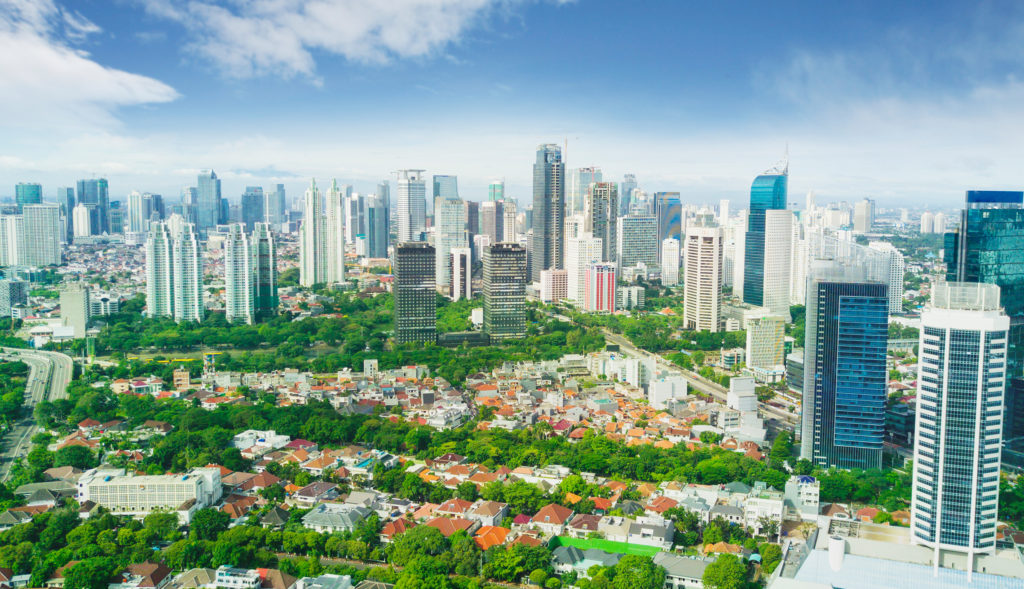London
(last update: Jan 2023)
London has shown how to combine car use reduction policies with investment in public transport and green infrastructure to support London’s ambitious goal to ensure 80% of all journeys in London are to be made on foot, by cycle or using public transport by 2041.
London has placed a clear focus on reducing air pollution to improve the health of its citizens.

Air quality and health
London sets a great example for addressing air pollution and therefore reducing the health impacts on the citizens living in the city. The city introduced the world’s first Ultra Low Emission Zone in 2019 which has contributed to a nearly halving of city centre air pollution, and in 2021 was expanded to 18 times the original area. Now encompassing 3.8 million Londoners, the expansion, combined with stronger emissions standards for buses and heavy goods vehicles, has reduced harmful NO2 concentrations by 20% inside the zone. In London in 2016 thousands of Londoners were dying prematurely every year due to exposure to air pollution. The Ultra Low Emission Zone meant that by 2019 the exposure to air pollution had been reduced by 94 percent within the zone.
Reduction in car use
In combination with the Ultra Low Emission Zone, the city will ensure 80% of all journeys in London are to be made on foot, by cycle or using public transport by 2041, through a combination of modernising existing services and providing new ones. This goal is being put into action by a strategy to expand and enhance existing public transport infrastructure. The combination of Ultra Low Emission Zones with the convenient and reliable transport options will maintain a thriving city with a reduced reliance on cars. Active, efficient and sustainable mode share for 2019 was estimated to be 63.2 percent, a 0.2 percentage point increase over 2018, and 3.6 percentage points higher than 2010. The city has estimated that the mode shift observed in recent years has resulted in 2.9 million fewer car trips per day, in 2018 compared to the period since 2000.
Investment in infrastructure
Large-scale investment has been made with more planned, to make London’s streets more attractive for walking and cycling over the long term. Over 100km of new or upgraded cycle routes have been delivered or begun construction since early 2019 meaning that now one in five Londoners now live near the cycle network, a 10% increase on 2019.
The newly opened Elizabeth line provides a step change in public transport connectivity to, from and within London. It stretches more than 100km from Reading and Heathrow in the west through central tunnels across to Shenfield and Abbey Wood in the east. The new railway will stop at 41 accessible stations, 10 of which are new. It is expected to serve up to 200 million people each year. Improvements across existing lines has also been a priority: adding air conditioned and modernised trains with 20% reduction in energy consumption to the Piccadilly, Circle, Hammersmith & City, District and Metropolitan lines. Additionally, an extension to the Northern line is providing greater connectivity in the city bringing key areas in South London within 15 minutes of the West End and central London.
Zero emissions buses
London has one of highest number of zero emission buses in Europe, with 800 at present, and is on target to hit 10 percent of the whole fleet in 2022. All new buses to the network are zero-emission and sustained Government funding could see all buses converted as early as 2030, taking 500,000 tonnes of carbon out of the transport system. Such funding from the Government is critical if the benefits outlined in the plan are to be realised.
Green jobs
The benefits of investment in London buses are seen across the UK: TfL contracts support thousands of jobs outside London, with 3,000 roles in green bus manufacturing alone already created in Falkirk, Ballymena and Scarborough.
More than 300,000 jobs would be created if London’s public transport network was “greened” to reduce emissions in line with the Paris agreement. In London, measures such as electrifying the capital’s 9,000 vehicle bus fleet would mean 143,700 new jobs in the capital and a further 161,900 across the rest of the UK, largely as a result of stimulating the supply chain.
Mayor of London and Chair C40 Cities Sadiq Khan says: “London and other C40 cities are working closely together to lead public transport revolutions around the world. In London we expanded our Ultra Low Emission Zone, making it the largest in the world. We now have the largest zero-emission bus fleet in Western Europe and a third of the UK’s EV charge points. We’ve also set an ambitious target for 80 per cent of all journeys in London to be made on foot, by cycle or using public transport by 2041. But Mayors and city leaders need support. National governments must prioritise funding for urban public transport expansion and renewal before time runs out to limit global warming to 1.5 degrees and avert a climate catastrophe.”






